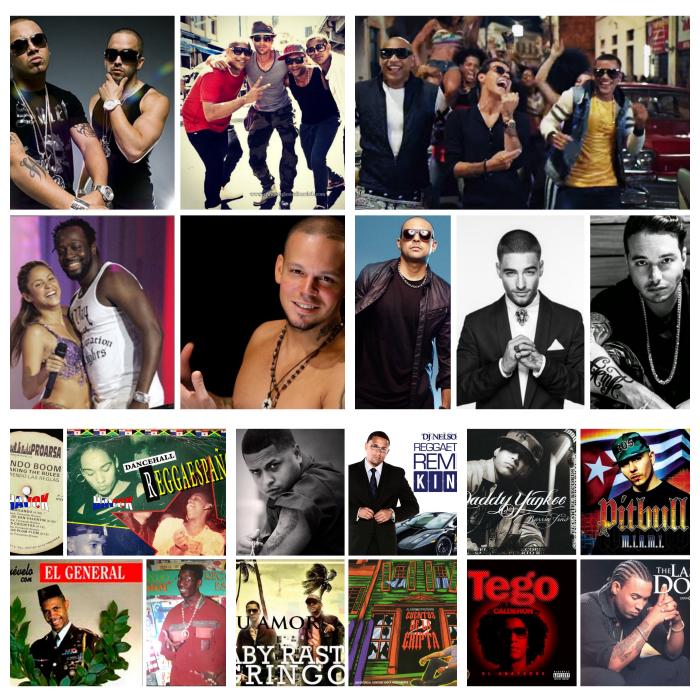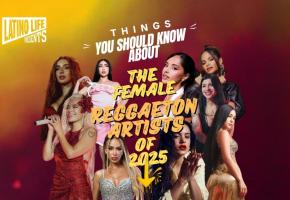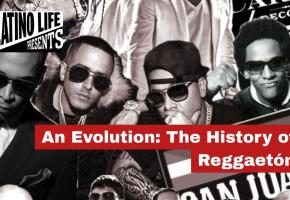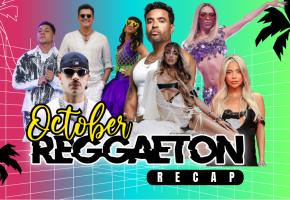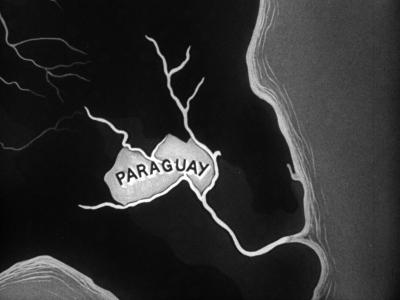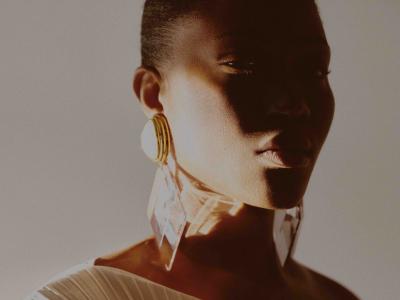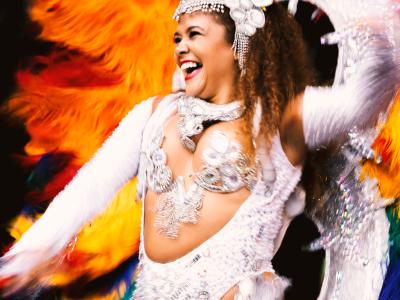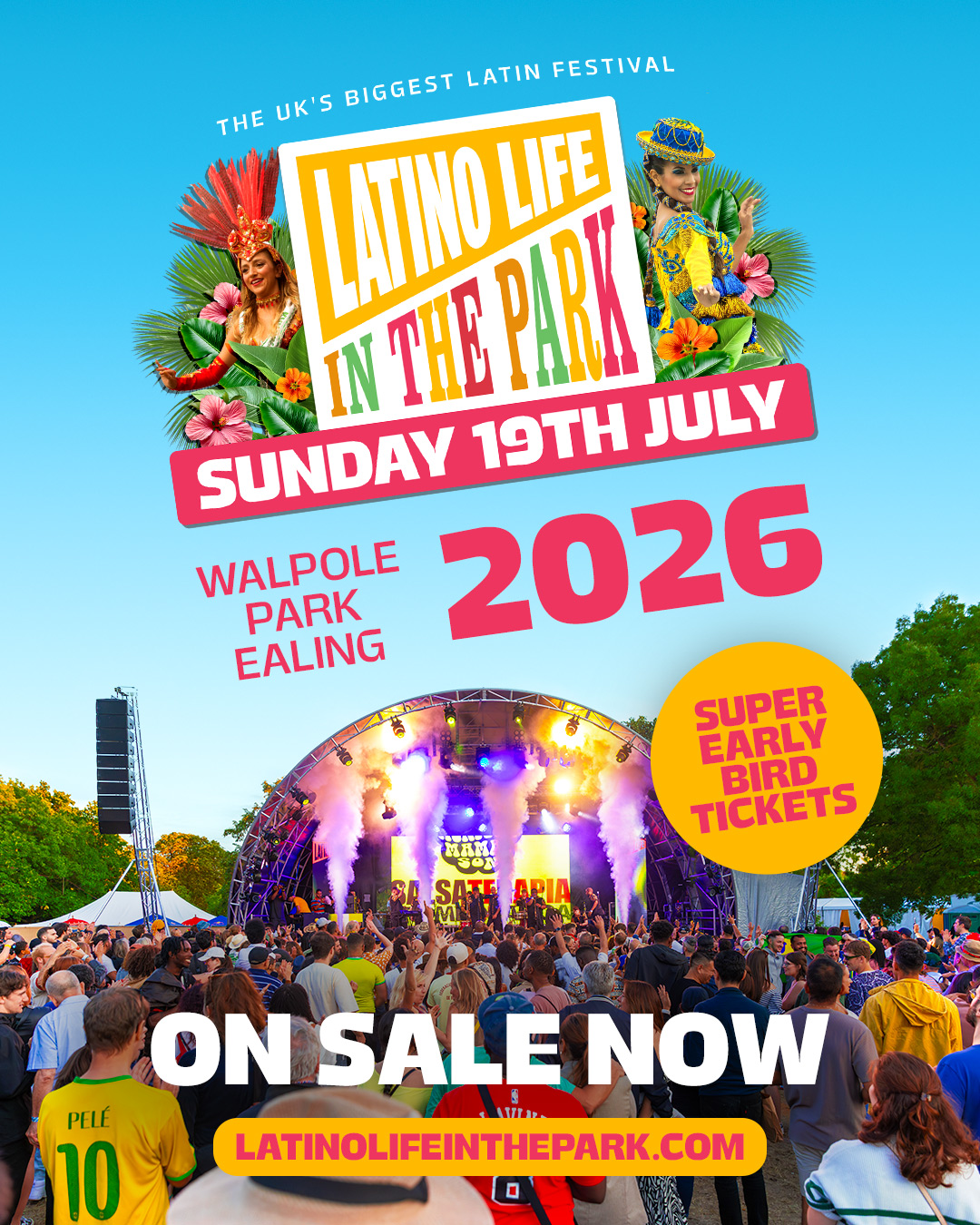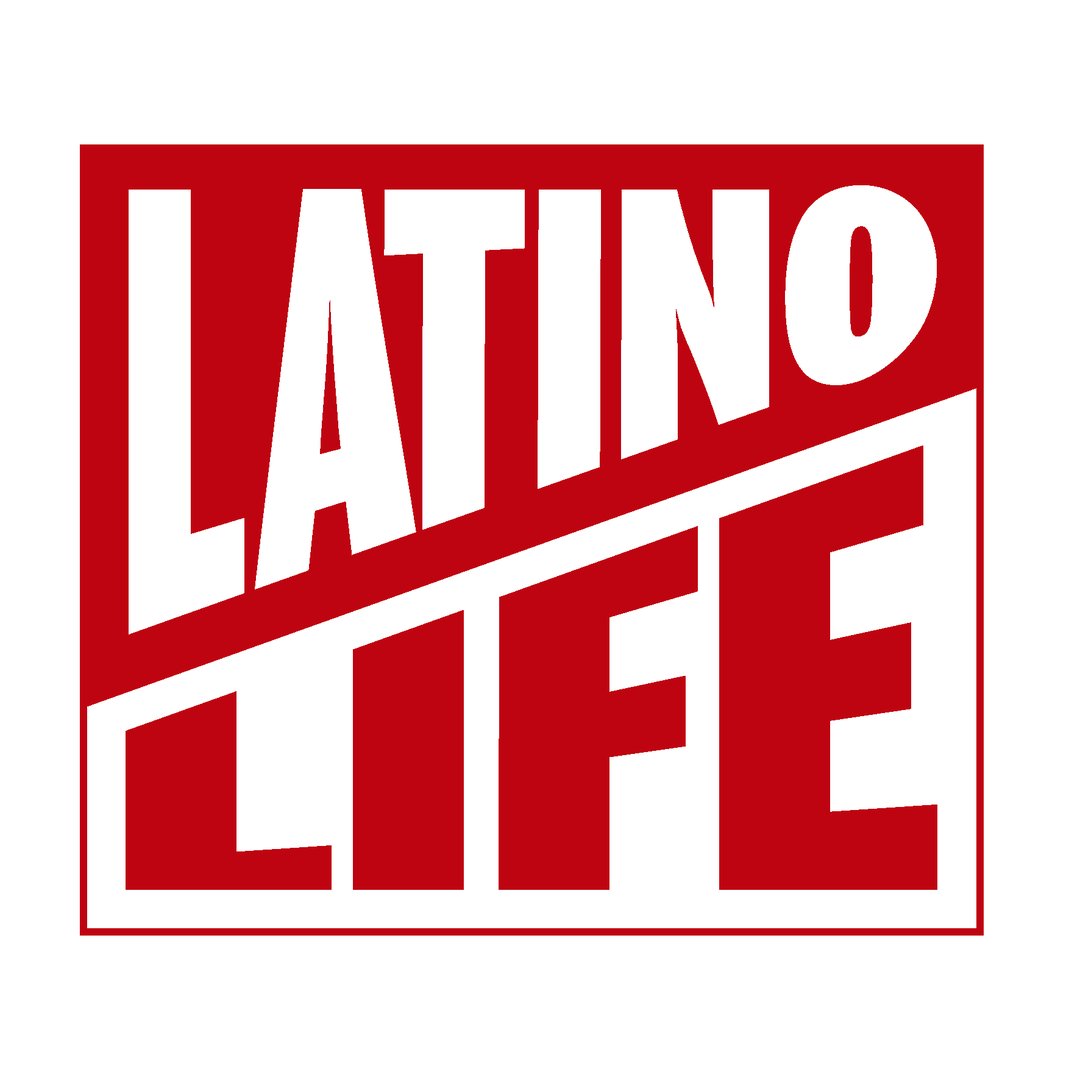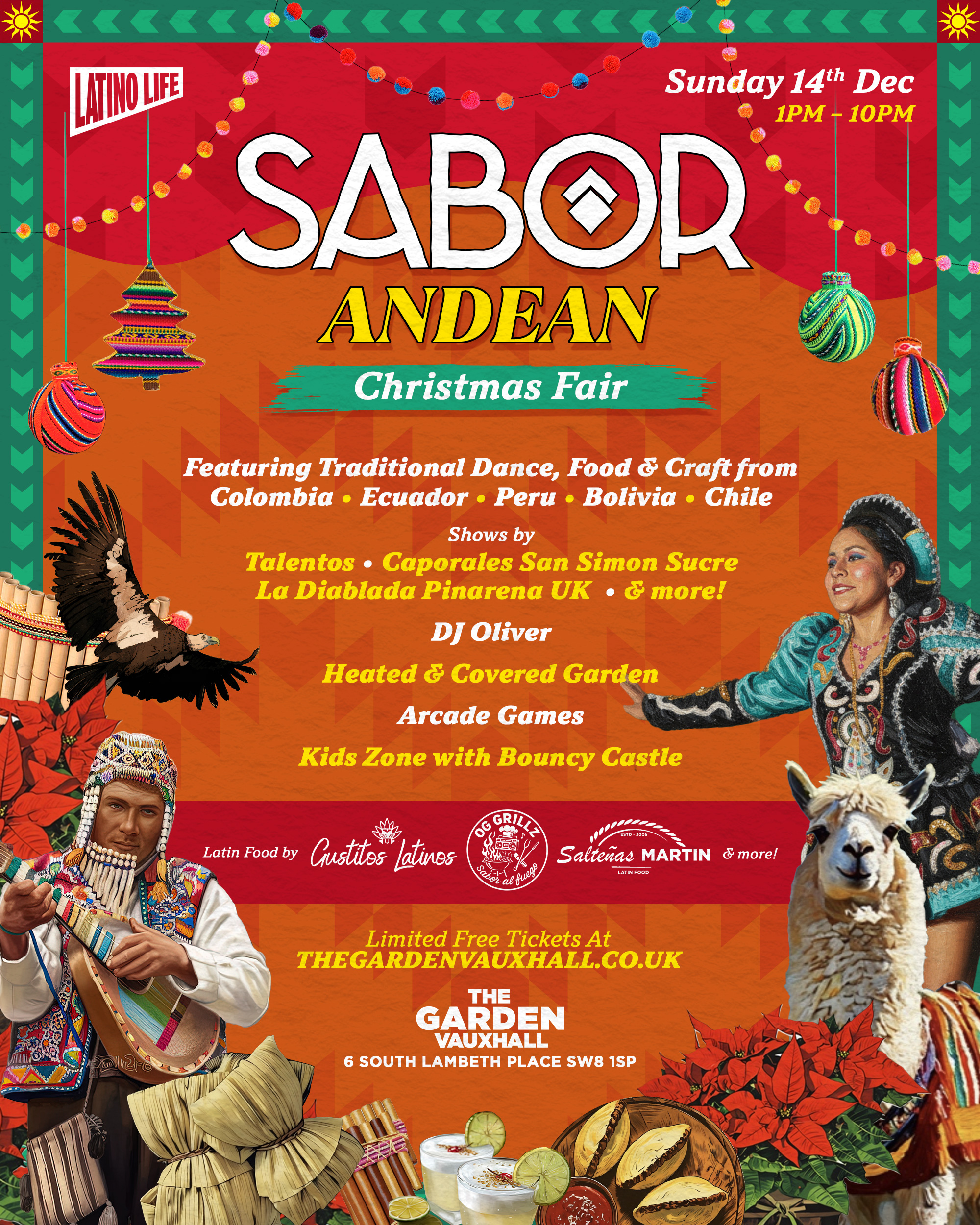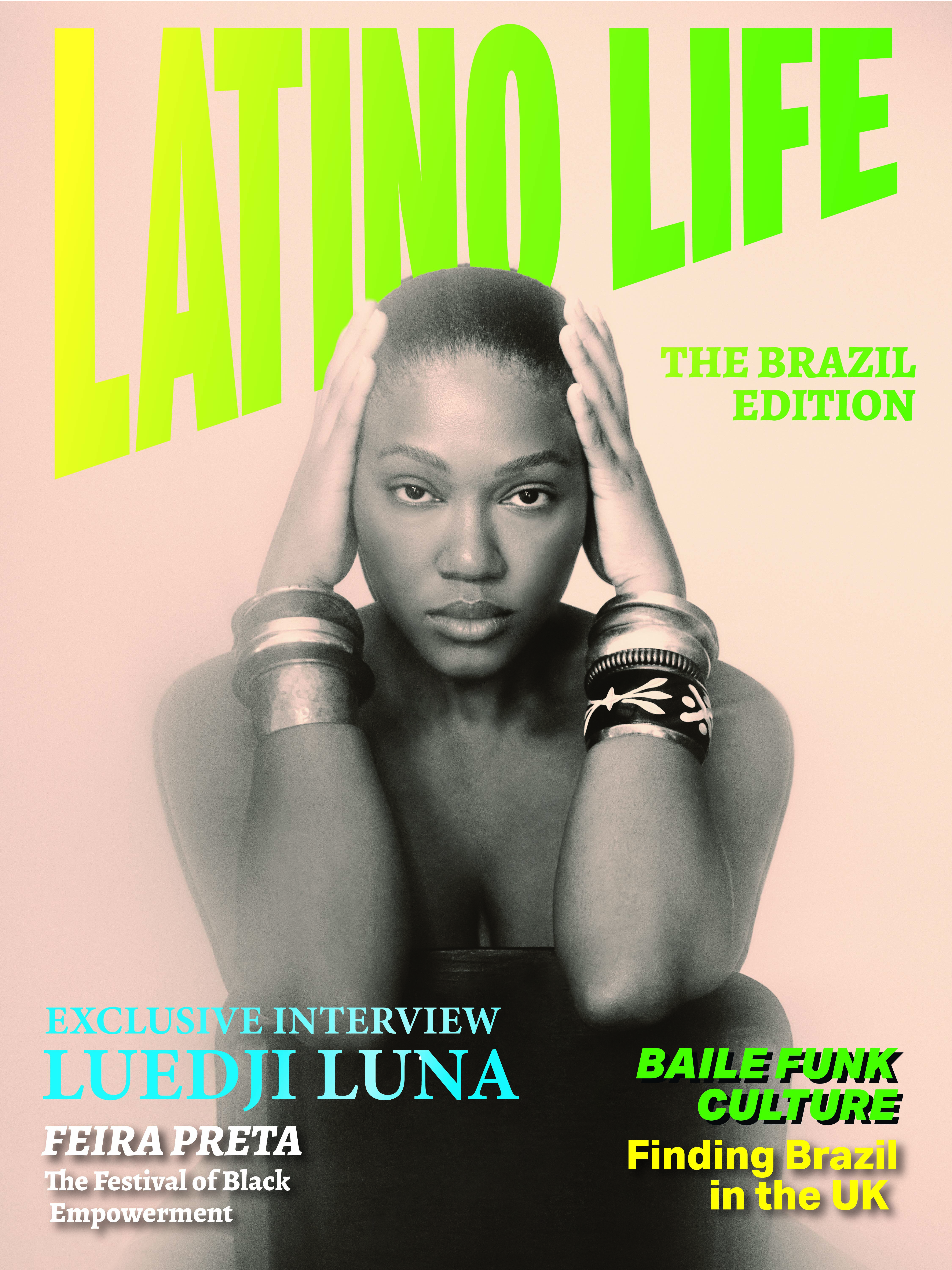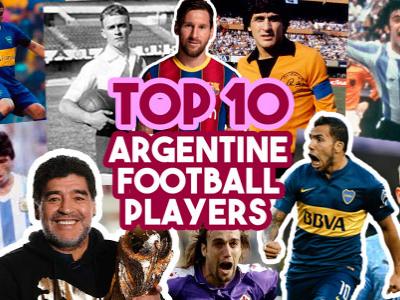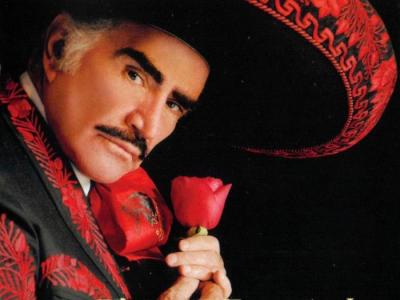1985 - 1992: Panama — The Birth of Reggae en Español
Before anyone called it reggaetón, Panama was already vibing to reggae rhythms sung in Spanish as migrant workers from Jamaica brought ska, rocksteady and dancehall to the Canal Zone. Local artists such as El General, Nando Boom, Chicho Man and Renee Renato began translating those sounds into their own experiences. They sang about neighbourhood life, migration, and love — mixing Caribbean cadence with Latin slang. Reggae en español became the first seed of what we now call reggaetón. They were the original Reggetóneros.

1992-1994: Puerto Rico - A Precocious Toddler Blossoms
In Puerto Rico, the island’s youth were importing U.S. hip-hop records and fusing them with Jamaican dembow beats. Vico C creates Hip Hop en español, and this begins to influence the Puerto Rican music scene. DJs like Playero, Nelson, and Negro start producing a huge amount of Puerto Rican artists and a series of now legendary mixtapes. Nightclubs like The Noise became laboratories for the sound. Artists including Ivy Queen, Baby Rasta y Gringo, Don Chezina, Daddy Yankee and Polaco rapped about street realities, identity, and desire — far from radio-friendly content.

1995 - 2000 – Reggeatón gets banned in Puerto Rico...and goes international.
Puerto Rican authorities labelled the music “obscene,” raiding shops and confiscating tapes. Stories abound of drivers getting fined $US500 on the spot for playing ‘Underground’ or Ritmo Playero, as it was known on those days, in their cars.
Underground in Puerto Rico? It springs through the pot holes on the streets of New York, Miami, Venezuela and Colombia with no support from major labels and little radio play. Artists such as Big Boy, Baby Rasta & Gringo ring through the streets...
The term Reggeatón is coined by DJ Nelson and the bootleg business is booming, with producers and artists earning fortunes selling mixtapes from the boots of their cars. What began in caseríos (housing projects) spread across the Caribbean diaspora, carried by bootleg cassettes and pirate radio. The rhythm was unstoppable.
Major labels start signing international distribution for some artists such as Tempo (Sony).
Panamanian producer El Chombo releases Cuentos de la Cripta I, II and III, gaining international recognition.

2001 - 2004 - Reggeatón's Golden Era.
By the early 2000s, the underground had a name — reggaetón — and a new level of polish. Artists like Tego Calderón and Don Omar infused the sound with Afro-Boricua pride and lyrical sophistication.
The Latin Grammys introduce an 'Urban Latin' category...renaming the genre to make it acceptable to mass market. DJ Blass releases Sandunguero produced using Fruity Loops – a cheap software which would allow a new generation of young producers to enter the game.
Major labels resign to the genre's popularity, and begin distributing the five Albums now seen as classics: Tego Calderón’s El Abayarde, Loony Tunes and Noriega Mas Flow, Don Omar’s ‘The Last Don’, Hector & Tito’s A La Reconquista and Daddy Yankee’s Barrio Fino.
Lil Jon, one of the US’ hottest Hip Hop, produces Pitbull’s M.I.A.M.I...opening doors for Latin artists to do crossover collaborations.
Daddy Yankee’s “Gasolina” (2004). Suddenly, the dembow beat was everywhere — from New York to London to Tokyo. For the first time, Spanish-language urban music was blasting through English-speaking airwaves.
In 2005 Hector el Father releases Sangre Nueva featuring presenting the new generation: Arcangel, De La Ghetto, Yomo

2005 - 2006 - The Crossover period.
Reggaetón’s golden age fast became a commercial crossover period. Major labels signed dozens of artists; MTV Tr3s and Univisión launched urban Latin shows.
Albums like Don Omar’s King of Kings, Wisin & Yandel’s Pa’l Mundo and Ivy Queen’s Flashback became continental hits. Reggaetón wasn’t just music anymore — it was fashion, slang, attitude.
But success came at a price: mainstream formulas replaced the underground edge. Critics began asking if the movement had lost touch with its street roots.
Hiphop artist N.O.R.E records Oye mi Canto with Tego Caledron and Daddy Yankee, which is played on Urban radios in the US, and crossovers with U.S. hip-hop exploded — Pitbull and Akon collaborations. The The Chosen Few documentary is released, finally giving a face to reggeatón
DJ Jose Luis kicks off the reggaetón movement in Europe with La Bomba @ Ministry of Sound, becoming the UK’s first major Reggeatón party, moving to Europe with residencies in Ibiza, Germany, Cyprus and Brighton.

2006 - 2010: The Game Changing Years
The Reggeatón beat makes Shakira a global star when she releases ‘Hips Don’t Lie’ with Wycliffe Jean - the most played song in US Music history Radio. Daddy Yankee records with Black Eyed Peas and Universal creates Urban Latin label Machete music.
Music industry opens doors to a new generation of Puerto Rican artists such as Wisin and Yandel and Calle 13 to become global hits.
Moombahton is created by producer David Nada, bridging traditional Reggaetón with Dutch House (precursor of America’s EDM sound) probably the most significant spring of Reggaetón

2009-2011 - Commercial Consolidation
Don Omar releases Danza Kuduro – the most watched video at the time and probably the most successful song of the whole year across the planet.
Reggeatón has now replaced all other Latin music as the continents most popular – from Cuba and Mexico to Argentina and Chile. The beat gets incorporated into pop music and EDM, making huge hits for artists such as Major Lazor.
2011–2014: Plateau and Reinvention
As the initial boom cooled, many declared reggaetón dead. Electronic dance music took over global charts, and Latin pop seemed to move on. Yet behind the scenes, the genre was reinventing itself. Artists experimented with new fusions — pop-reggaetón, bachata-ton, merengue-ton — while producers like Luny Tunes and Tainy kept refining the sound.
Enrique Iglesias releases El Perdón, featuring veteran Reggeatón pioneer Nicky Jam and then Bailando featuring Cuba’s hottest Reggeatón act Gente de Zona. Both become monster hits across the globe, and Marc Anthony follows suit, with two more hits with Gente de Zona, Traidora and La Gozadera.
Social media and YouTube allowed independent musicians to bypass record labels entirely, setting the stage for the next revolution.

2015–2019: The Global Renaissance
Enter the Colombian wave. As reggaeton goes global, local expressions start to emerge. Medellín becoming a major player in Reggeatón production and artists, with J Balvin and Maluma on their way to becoming global stars. Their smoother, melodic reggaetón opened doors to a wider audience.
Reggeatón is now the beat of choice for global pop artists. On the other side of the world, Sean Paul, cheap thrills and 'Rockabye', with Clean Bandit, employ the beat in new pop tracks.
Old forgotten Reggeatón stars are now being employed and recognized again and the old sound is being re-developed by Dominicans under the original name “Dembow.”
Meanwhile, Bad Bunny and Ozuna brought trap influences and emotional honesty back into the mix. Songs like “Despacito” (Luis Fonsi ft. Daddy Yankee) and “I Like It” (Cardi B, Bad Bunny & J Balvin) cemented the genre’s global takeover.
The US's most popular talk TV host Jimmy Farrell goes to San Juan P.R. and shows Latin music to the masses in a new light. For the first time, reggaetón wasn’t just Latin pop — it was pop itself.
2020–2024: Cultural Power and Political Voice
As the 2020s began, reggaetón matured from dancefloor music to a platform for identity and protest.
Bad Bunny emerged as its most versatile symbol — genre-blending, gender-bending, and socially outspoken. From his 2020 album YHLQMDLG (“I Do Whatever I Want”) to Un Verano Sin Ti (2022), which became Spotify’s most-streamed album globally two years in a row, he expanded reggaetón’s boundaries far beyond its early formulas.
Artists such as Tokischa, Villano Antillano, and Young Miko brought queer and feminist narratives into the soundscape, returning reggaetón to its rebellious, inclusive roots. The genre was no longer just a Latin export — it had become the global soundtrack of self-expression.
2025-2026: Homecoming, Heritage & the Residency
By 2024, reggaetón had conquered the world — but its biggest star wanted to bring it home. In January 2025, Bad Bunny released his sixth studio album, Debí Tirar Más Fotos, an introspective blend of reggaetón, bomba, plena, salsa, and electronic textures — a love letter to Puerto Rico’s musical heritage.
Days later, he announced his first concert residency, “No Me Quiero Ir de Aquí”, at the José Miguel Agrelot Coliseum in San Juan. Running from 11 July to 20 September 2025, with over 30 shows, it became a cultural homecoming on a scale never seen before.
In a powerful gesture, the first nine shows were reserved exclusively for Puerto Rican residents — centring the island’s people rather than the international market. The stage featured a full-scale casita (traditional Puerto Rican home), a flamboyán tree, live bomba and plena bands, and surprise appearances from pioneers like Ivy Queen, local activists, and athletes.
Beyond the music, the residency carried symbolic weight: it was a statement about belonging, memory, and reclamation. Economists estimated over US $300 million in economic impact for Puerto Rico. For the global audience, it marked the moment when reggaetón came full circle — from diaspora export back to its Caribbean source.
June 2026 - Bad Bunny will be the first Latin artist ever to headline a stadium show in the UK, with not one but two sell out shows at Tottenham. Pitbull to become the first Latin artists ever to headline London's Hyde Park show.
Viva celebrates where it all began this Saturday in Vauxhall. Tickets here


